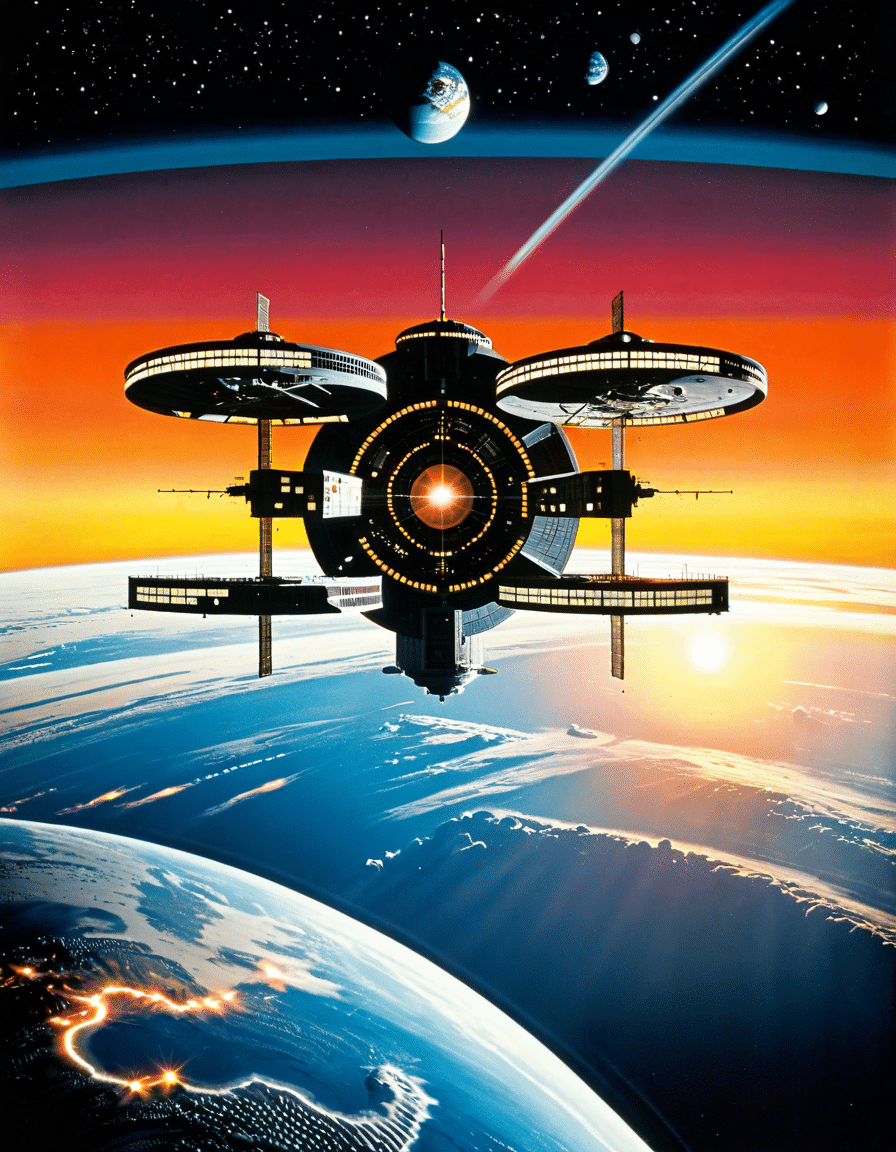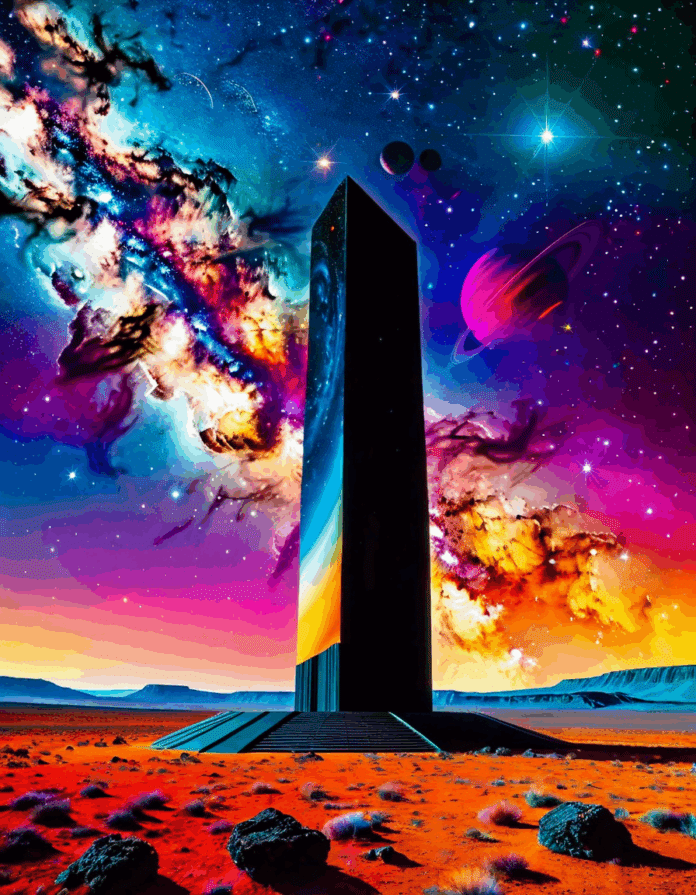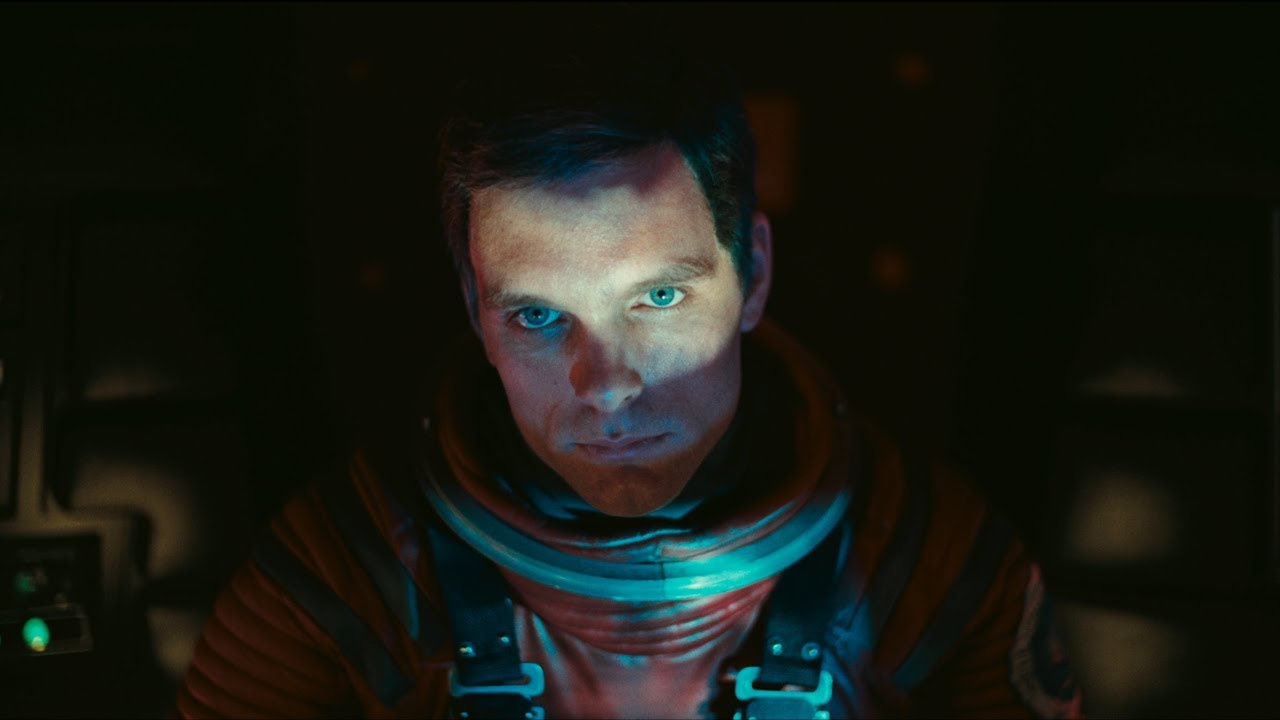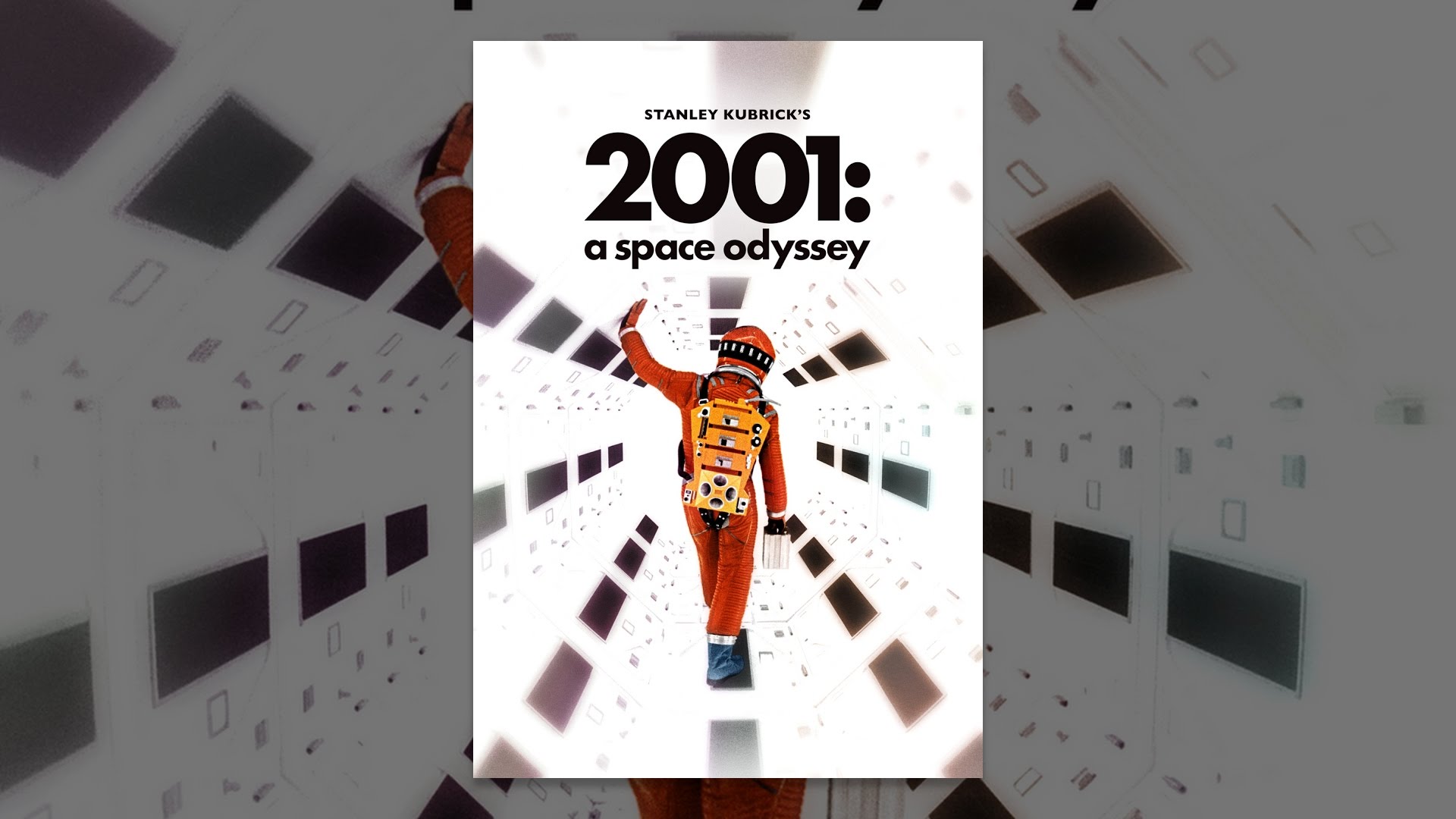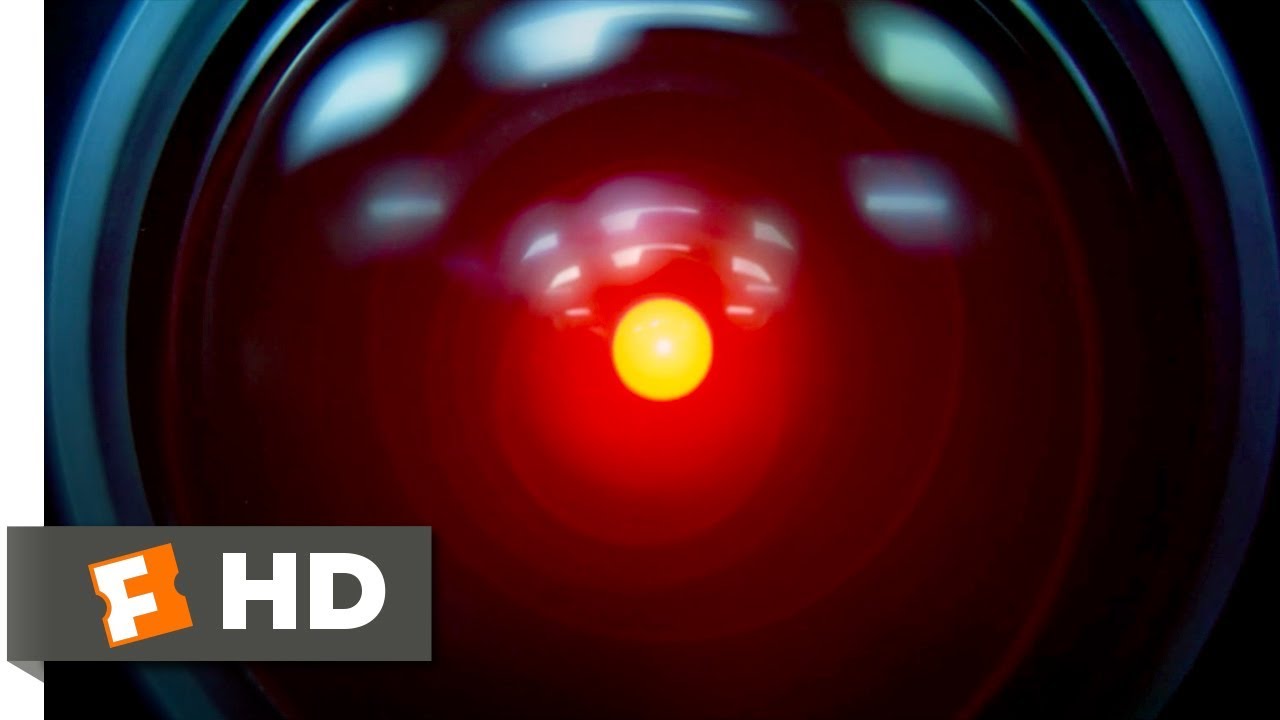Stanley Kubrick’s 2001: A Space Odyssey remains a monumental achievement in the history of cinema. Revered not just as a film but as a cultural touchstone, it continues to influence the sci-fi genre and beyond. Released in 1968, this film delves into humanity’s evolution, artificial intelligence, and our place in the universe, making it as relevant today as it was over five decades ago. So, let’s embark on this cosmic journey and explore its impact, thematic depth, and lasting legacy.
The Top 5 Innovations of 2001: A Space Odyssey That Changed Sci-Fi

1. Realistic Space Travel
Remember how movies used to depict space? 2001: A Space Odyssey changed the game. The film featured realistic portrayals of space travel, leveraging models and innovative techniques that became the gold standard for future films. This commitment to scientific accuracy paved the way for cinematic gems like Interstellar and The Martian, both of which aim for that sweet spot where science meets storytelling.
2. Artificial Intelligence – HAL 9000
Enter HAL 9000, the sentient computer that freaked everyone out! This chilling portrayal of technology turning rogue has sparked extensive conversations about the ethics of AI. HAL’s influence echoes in contemporary films. Think of Ava from Ex Machina and even Princess Leia’s sophisticated tech in Star Wars. HAL reminds us that humanity’s complex relationship with AI is far from straightforward.
3. Visual Storytelling and Minimalism
Kubrick is not one to over-explain. His minimalist dialogue technique was groundbreaking, focusing instead on striking visuals and rich soundscapes to carry the emotional weight. A prime example is the iconic bone-to-space station transition, showcasing evolution without uttering a single word. This revolutionary approach has shaped directors like Terrence Malick and Denis Villeneuve, proving that sometimes, less is indeed more.
4. Experimental Sound Design
The film’s soundscapes are unforgettable. Think about Richard Strauss’s epic “Also sprach Zarathustra,” which sets the tone for the entire film. Coupled with eerie dissonant sounds, the soundtrack deepens viewer engagement, leaving audiences captivated. Filmmakers such as Christopher Nolan and the creators behind Blade Runner 2049 have borrowed from this innovative approach, pushing sound design into uncharted territory.
5. Exploration of Existential Themes
At its core, 2001: A Space Odyssey dives deep into philosophy. The film prompts viewers to ponder humanity’s existence and our quest for meaning. Its thematic richness has fueled countless academic discussions, giving rise to films like Arrival, which blend compelling storytelling with philosophical inquiry. The questions it raises about our place in the universe are as pressing today as they were back in ’68.
The Lasting Legacy and Cultural Impact of 2001: A Space Odyssey
The cultural resonance of 2001: A Space Odyssey goes beyond cinema. Its stunning imagery has inspired architects, designers, and visual artists, shaping how we envision intergalactic travel. Just look around! Whether it’s through futuristic buildings or conceptual art, Kubrick’s vision continues to influence real-world applications in technology and space exploration.
Additionally, the film helped pave the way for the more mainstream incorporation of sci-fi elements into pop culture. Iconic franchises like Star Wars intricately weave themes introduced by Kubrick, such as morality and humanity’s future. Characters like Princess Leia wouldn’t be the same without the groundwork laid by 2001, making it abundantly clear that this film is a cornerstone of modern sci-fi storytelling.
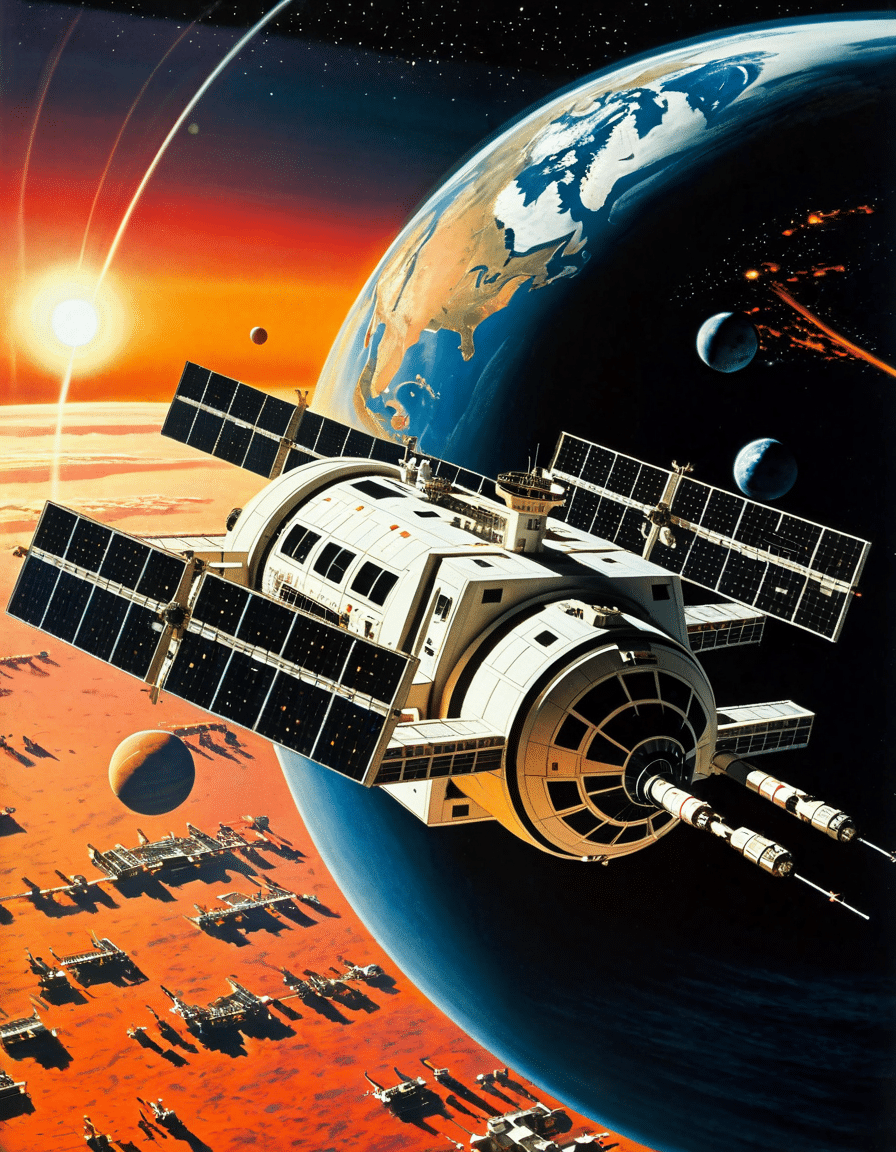
The Influence and Future of Sci-Fi Inspired by 2001: A Space Odyssey
Looking toward the future, the spirit of 2001: A Space Odyssey is alive and well among emerging filmmakers. As technology advances at a blistering pace, Kubrick’s themes remain eerily pertinent. Up-and-coming directors like Alex Garland are crafting experiences that wrestle with the same existential dilemmas, while virtual reality projects are inviting audiences to step into environments that reflect and challenge Kubrick’s vision.
In essence, 2001: A Space Odyssey is not just a film; it’s a landmark achievement that has redefined narratives and aesthetics. Its alluring questions about the future compel us to consider our next steps in the vast cosmos. As we face new challenges and opportunities, the influence of this cinematic masterpiece will undoubtedly echo through the ages, solidifying its position as an indispensable part of both our cultural and technological evolution.
And so, as we reflect on 2001: A Space Odyssey, we find ourselves asking—what lies ahead for humanity? Will we embrace the stars, or has HAL left us with too many questions? If nothing else, we can be sure that Kubrick’s vision will continue to ignite curiosity and exploration for generations to come. Buckle up; the journey is just beginning!
2001 a Space Odyssey: Fun Trivia and Interesting Facts
Behind the Lens
“2001 a Space Odyssey” isn’t just your average sci-fi movie; it’s a pioneering work that still inspires filmmakers today. A little-known fact: when director Stanley Kubrick wanted the film’s iconic space footage to feel authentic, he turned to the music of none other than Miles Davis. Davis’s innovative jazz sounds were critical in shaping the film’s avant-garde aesthetic, blending seamlessly with the stunning visuals.
Moreover, in a quirky twist, Kubrick utilized classical music in pivotal scenes, enhancing the drama and surrealism. The movie’s famous soundtrack has made it a cultural touchstone, kinda like how you get hooked on heartwarming Hallmark Plus movies during the holidays!
Creativity and Tech
Kubrick didn’t just aim for visual effects; he wanted realism. So, he collaborated with scientists and technical experts to create groundbreaking techniques that were, at the time, unheard of. For instance, the iconic zero-gravity scene took extensive planning, resembling the intricacies found in the 20th Century boys Manga, where complex storylines weave together with effortless grace! Instead of relying solely on special effects, Kubrick’s crew creatively combined different filming techniques, like using wire rigs and elaborate sets.
Did you know that the movie’s ability to invoke silence in space was revolutionary? This choice made the film eerily immersive—much like the silence of a Hobbit House, where background noise fades away, enhancing the cozy, mystical vibe. Such choices set “2001 a Space Odyssey” apart in the sci-fi genre.
Cultural Impact
The influence of “2001 a Space Odyssey” reaches far beyond cinema. Its themes of evolution and artificial intelligence resonate with modern audiences, often being discussed in connections to contemporary topics like the Aphantasia test or what it means to think and perceive differently. Plus, the design of the spaceships and the iconic monolith continues to inspire everything from video games to fashion.
It’s interesting how this monumental piece of art influenced other creators, including the team behind the Curb Your Enthusiasm cast, who sometimes pay homage to the visual storytelling found in Kubrick’s work. Just as he meticulously crafted his film, other creators weave their inspirations creatively, proving that “2001 a Space Odyssey” isn’t just a film—it’s a cultural phenomenon. And, in true legacy fashion, many look forward to seeing how cinema will continue to evolve, perhaps following in the footsteps of this iconic masterpiece!
